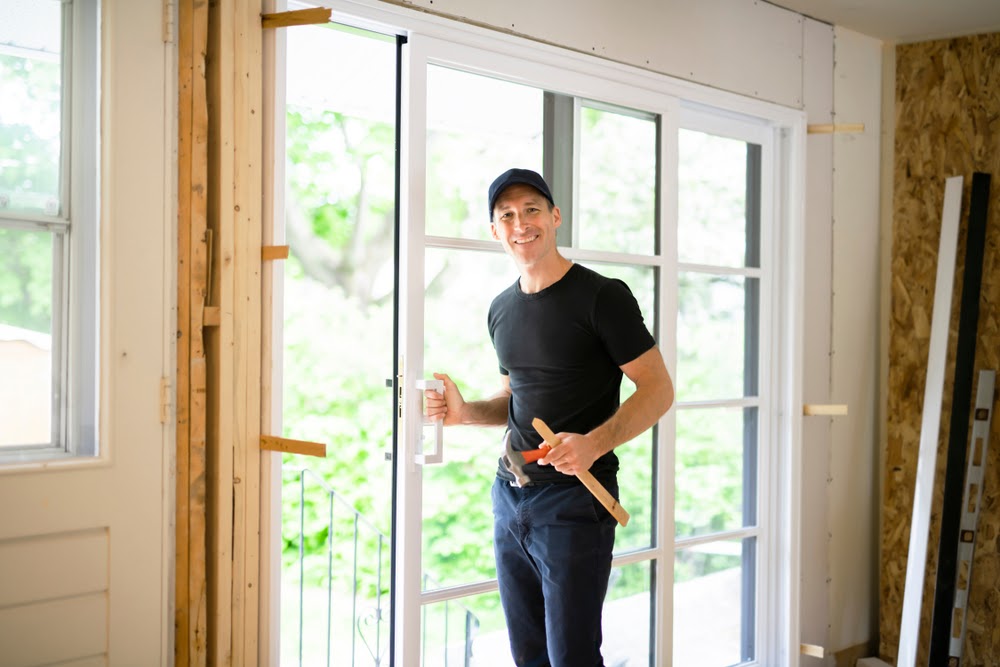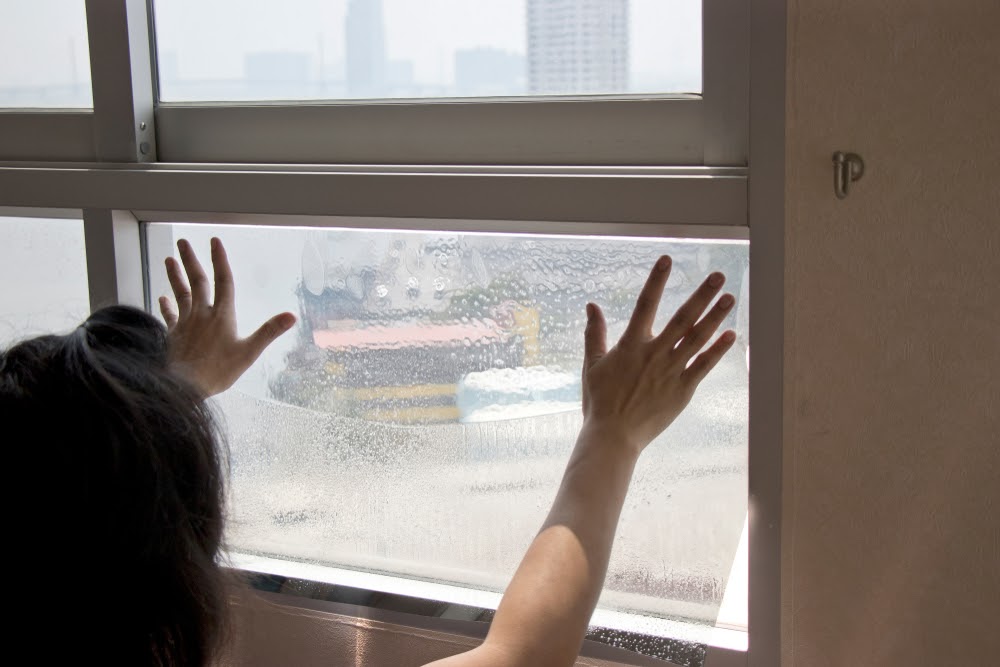Energy-Efficient Patio Doors Seal the Home against Heat and Cold
Homeowners might have sliding glass doors leading out to their pool or just to the outdoor patio. These doors are an easy exit to the backyard space when entertaining or when homeowners just want to head outdoors to relax and get some sun. Glass doors also can provide a picturesque frame for peering outside at nature.
However, while those glass doors may provide a room with a view and a quick way to access the backyard, they also could be a source of higher utility costs. When electricity or gas prices are high, energy-efficient patio doors can help seal the home against the heat and cold.
How Can Doors Waste Energy?
Doors and windows can be the perfect place for cold or warm air to creep into the home. This can cause the heating and cooling of the home to work harder, which could lead to higher utility bills for homeowners.
Heating and cooling uses the most energy of the home. When the HVAC is forced to work harder, homeowners may face an increase in their utility costs. How can doors waste energy, though?
Some doors are just made poorly. Maybe they don’t provide adequate insulation against the outside elements. In addition, poor weather stripping or seals around the door could lead to air leaks, too. The same issues are found in windows.
Stand next to the patio door and feel cold or warmth. During winter, does it feel too chilly? Maybe the doors are the problem.

What is an Energy-Efficient Patio Door?
Patio doors are typically sliding glass doors. Energy-efficient doors may feature multiple panes of glass and special coatings. These glass doors can receive the ENERGY STAR label if they meet certain criteria.
Homeowners can look at the U-Factor or the Solar Heat Gain Coefficient (SHGC) to determine the energy efficiency of the door. Those living in the northern region of the United States should focus on the U-Factor, whereas those living in the south may focus on the SHGC. ENERGY STAR includes a list of the most energy efficient patio doors and denotes the climate zones applicable for each door model.
Doors also will include the National Fenestration Rating Council label. This has data on air leak ratings, which also can help homeowners find the best patio door. For air leak ratings, the NFRC explains that low numbers are best.
The Cost of a New Patio Door
If homeowners notice that their patio door isn’t providing the protection they need, they may think about upgrading to an energy-efficient option. Upgrading doors and windows can be expensive, though. Doors can vary in price because of size and other details, too.
Basic doors could be less than $200, but prices also could soar to more than $7,000. Again, prices can vary based on what the homeowner wants, the size of the door and other features. Some doors are luxury options. Like many features in the home, the sky could be the limit in terms of features and prices. Homeowners could opt for a gilded custom door, too.

Other Ways to Lower Energy Costs
Even when homeowners invest in energy-efficient patio doors, they can take additional measures to decrease the energy cost in their home. To keep the sun from blazing through even the most energy-efficient glass doors, homeowners could add blackout curtains or blinds.
These special blinds keep out the sun and the heat of those rays. However, they also can protect upholstery and pictures from fading. Blackout curtains and blinds can be beneficial in areas of the country that often hit triple digits in the heat of the summer. These window covers are just one more layer of protection for the home.
Homeowners that battle with high energy costs also could adjust the thermostat on their HVAC. Turn down the thermostat to 68 degrees Fahrenheit during the winter. During summer, set the thermostat on the air conditioner to 78 degrees Fahrenheit. These temperatures can keep homeowners comfortable without wasting energy.
Window film also can add insulation to windows to keep out the cold or heat. These easy-to-install films are another way to weatherize windows to increase energy efficiency. Not only are they easy to install but they are also inexpensive.
Weather stripping around doors and windows also could seal up any small leaks. The U.S. Department of Energy offers a comprehensive list of all the weather stripping materials that homeowners can use. Felt or tape weather stripping is rather inexpensive, but magnetic weather stripping is pricier. There are pros and cons to each material, too.
For homeowners who want to ensure that their patio doors don’t bump up their utility bill, upgrading to energy-efficient patio doors could help save money. In addition, homeowners can use blackout curtains to provide another layer of protection against the sun.


